
More fiber is being deployed into data centers than ever before. The need for higher bandwidth and longer reach are just two examples driving demand. As a result, there are more fiber optic patch cords to choose from. How can you measure the quality of a “data center grade” fiber optic patch cord? There are many technical details into building one, but below are some examples.
View Cablesys' full line of fiber optic connectivity products in our catalog.
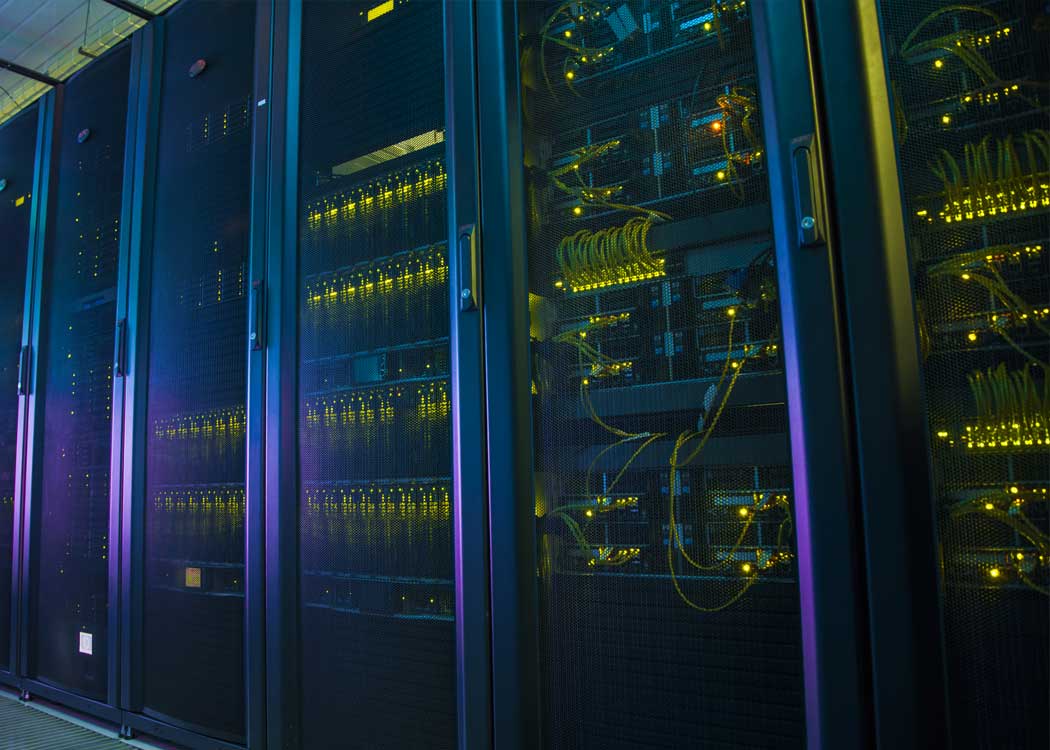
10G, 40G, 100G Performance
Data centers are migrating from 10G to 40G and 100G to support the increasing demand for faster data rates. We build our fiber patch cords, or sometimes referred to as fiber optic jumpers, to comply to IEEE 802.3ae 10Gbps Gigabit Ethernet and 802.3ba 40Gbps / 100Gbps Ethernet standards.
Shop Now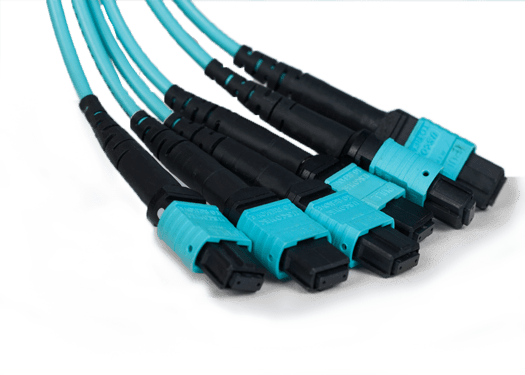
Interoperate with Existing Networks
As technology advances, data center upgrades will occur in phases. Our fiber patch cords installed in 100G and 40G systems are backwards compatible with an existing 1G system to allow the network to evolve.
Shop Now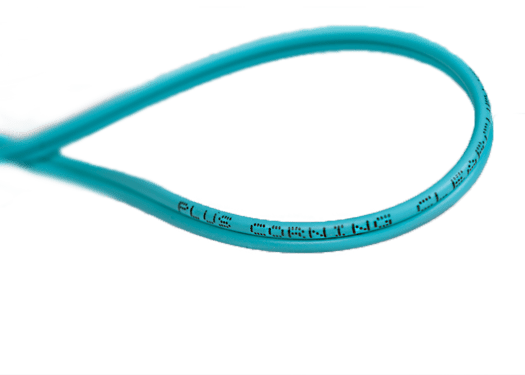
Flexible Cable
Optical fiber is sensitive to stress, especially in bending. We use bend-insensitive glass fiber optic cable which allows the cable to tolerate tight bends without significant loss of light.
Shop Now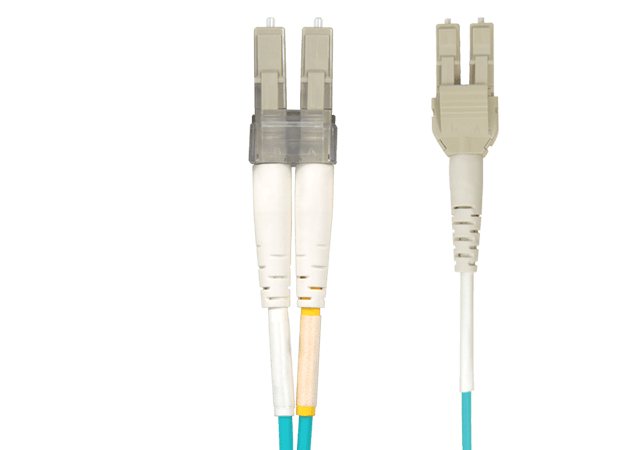
Small-diameter Cable
A big concern in data centers is space utilization and air flow. We reduced the outside diameter of our LC uni-boot patch cord to 2.0mm- 44% less than traditional cables.
Shop Now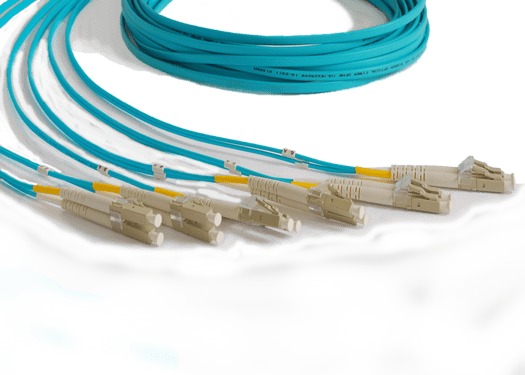
Various Lengths
Correctly routing cable between devices and patching fields so there is no slack is critical. We offer patch cables in various lengths from 1 foot to 50 meters to eliminate coiled-up cable and blocked access to hardware.
Shop Now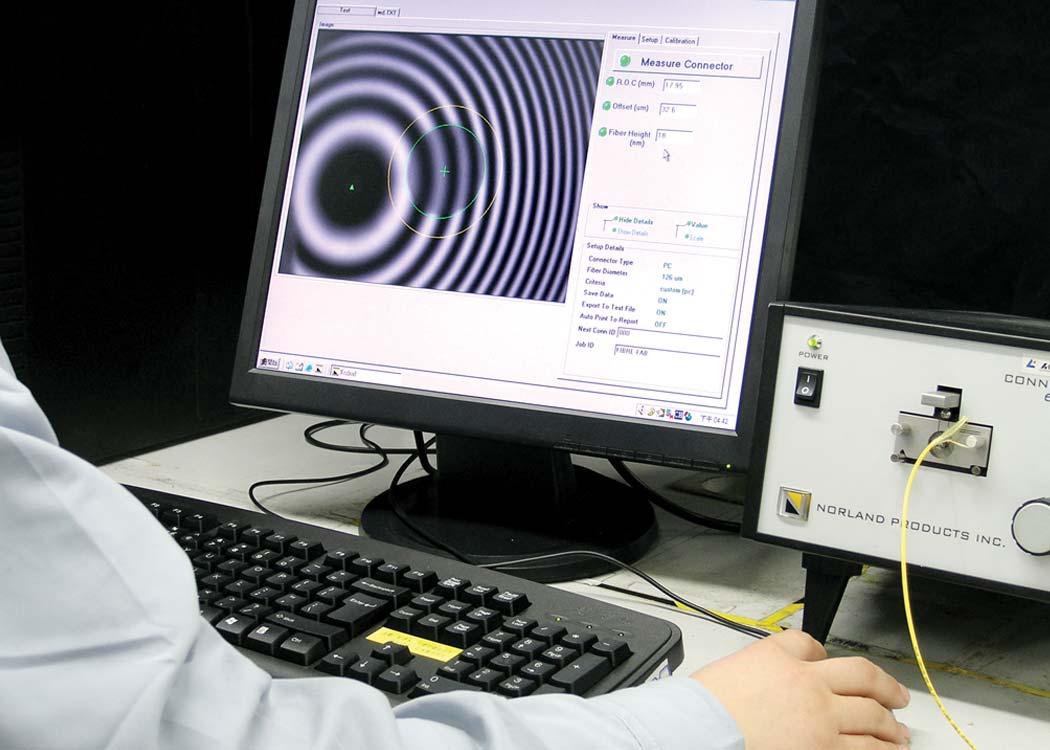
Benchmark Tested, Low Insertion Loss
Cablesys fiber patch cords tested an average Insertion Loss of 0.2dB. 83% and 99% of OM3 multimode patch cables tested ≤0.1dB and ≤0.16dB respectively per TIA specification. CBS patch cords beat the industry’s average Insertion Loss of 0.75dB.
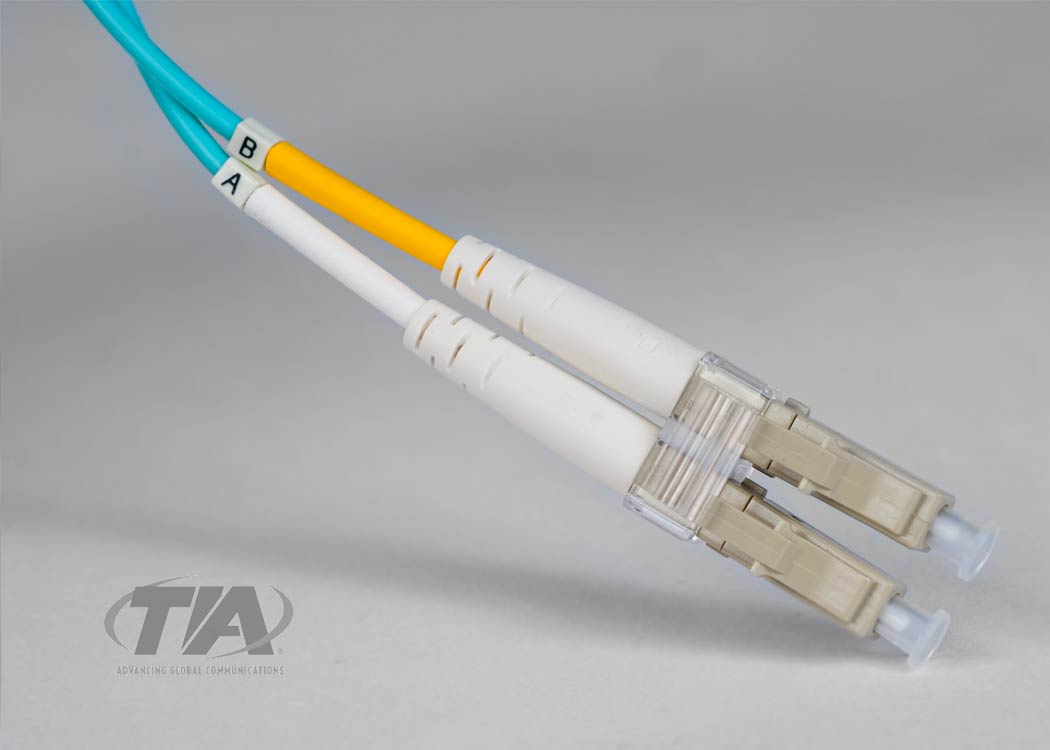
TIA Rated
OM3 and OM4 patch cords comply to TIA-492AAAC (OM3), TIA-492AAAD (OM4) specifications and are individually tested to meet or exceed the Telecommunications Industry Association’s (TIA) ANSI/TIA-568-D performance standard.
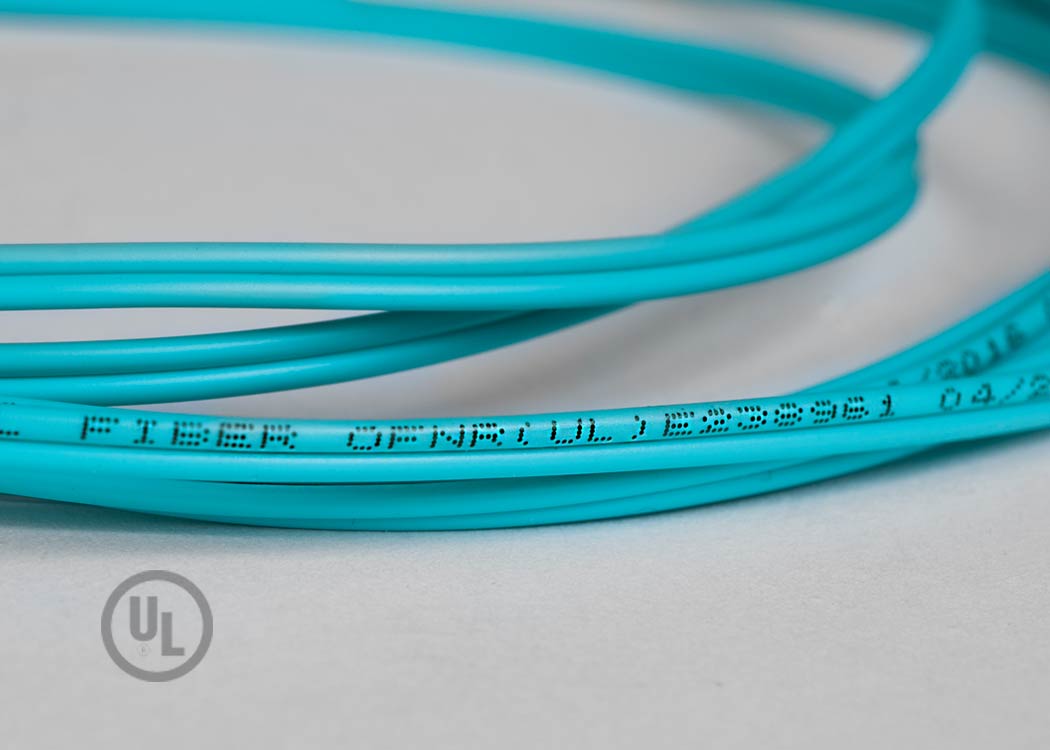
UL Rated
Data centers need to have the highest level of fire resistant rating. Our patch cords are made with Optical Fiber Nonconductive Riser (OFNR) and Optical Fiber Nonconductive Plenum (OFNP) rated materials to comply with UL fire safety standards.
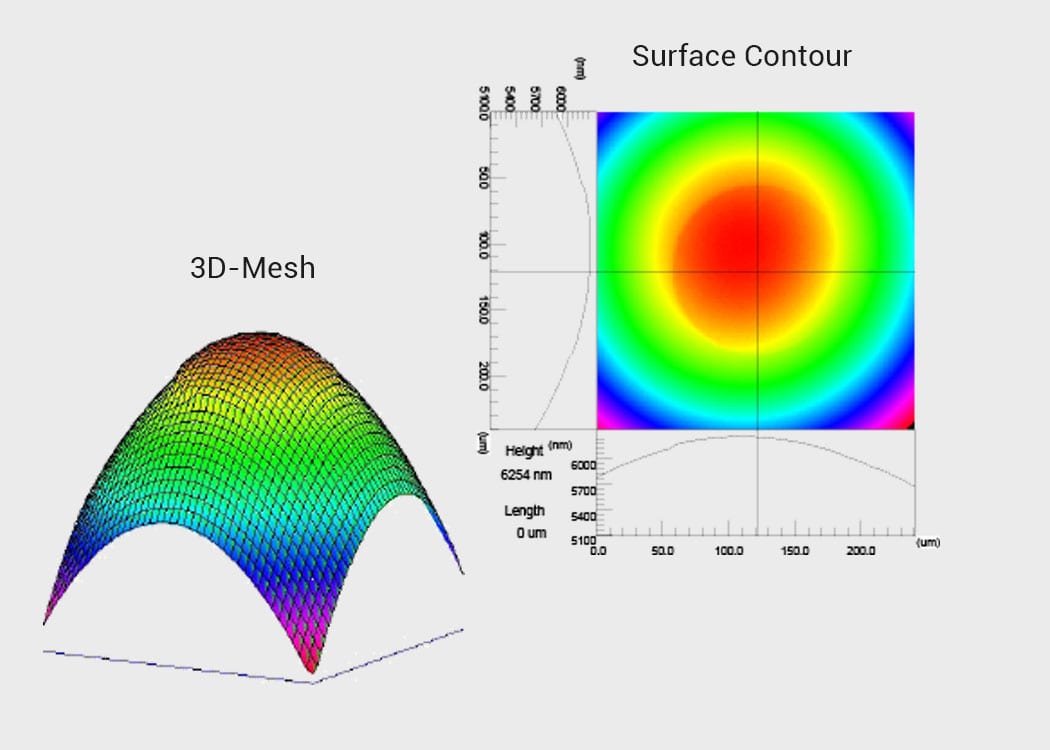
Individually Inspected
We consistently follow stringent procedures when we build and inspect patch cords so we do not compromise quality and reliability. For example, we measure the end face geometry, surface contour, surface detail, 3D-mesh, live image area, cleanliness and more.

Pre-bundled Patch Cables
To route cables faster, we bundled six patch cords together with a removable wrap and package them into a protective box. This saves time from opening multiple bags and there is less waste.
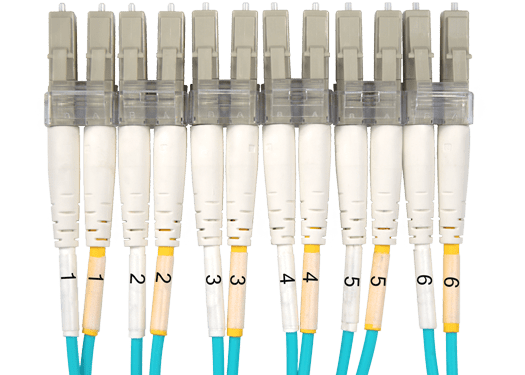
Pre-numbered Patch Cables
A strong labeling program is the first approach to managing the data center system. Each patch cord within our Bundle6 offering has a pre-numbered label on all fiber optic cable connectors for easy identification.
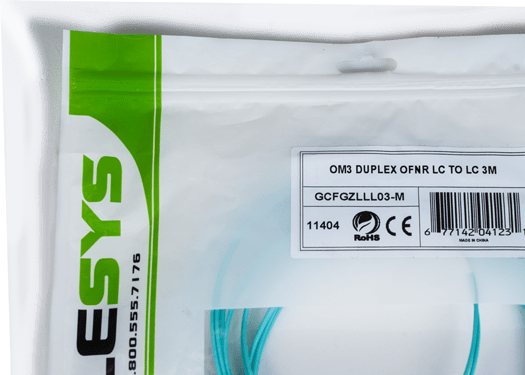
RoHS Compliant
Our patch cords are made to comply with RoHS (Restriction of Hazardous Substance) a directive restricting the use of certain levels of hazardous substances such as lead, cadmium, mercury, hexavalent chromium, polybrominated biphenyls (PBB) and polybrominated diphenyl ether (PBDE).
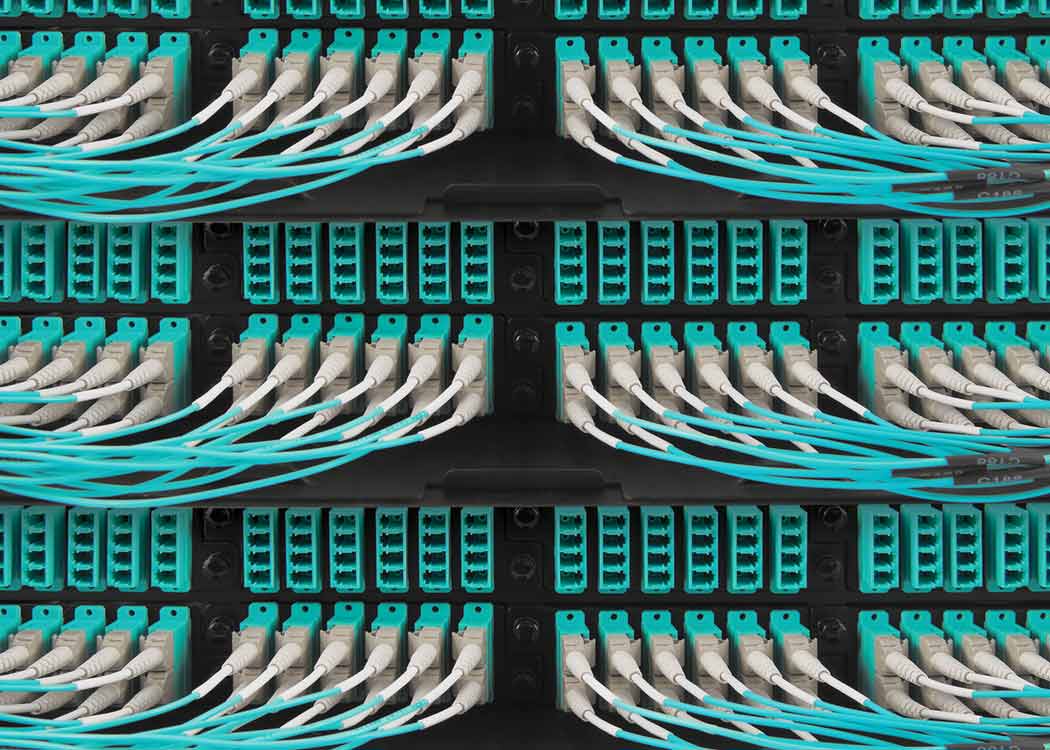
Reduced Cost Per Port
We help reduce the Total Cost of Ownership (TCO) of data centers. The total cost per port is a critical variable in the equation. Cablesys can save you 50% or more compared to big brands.
